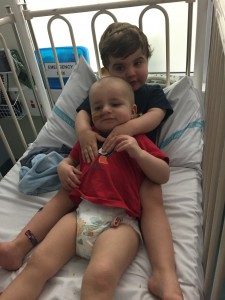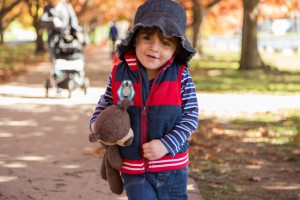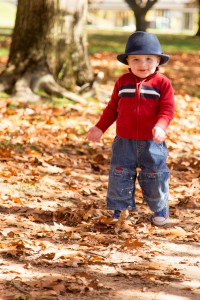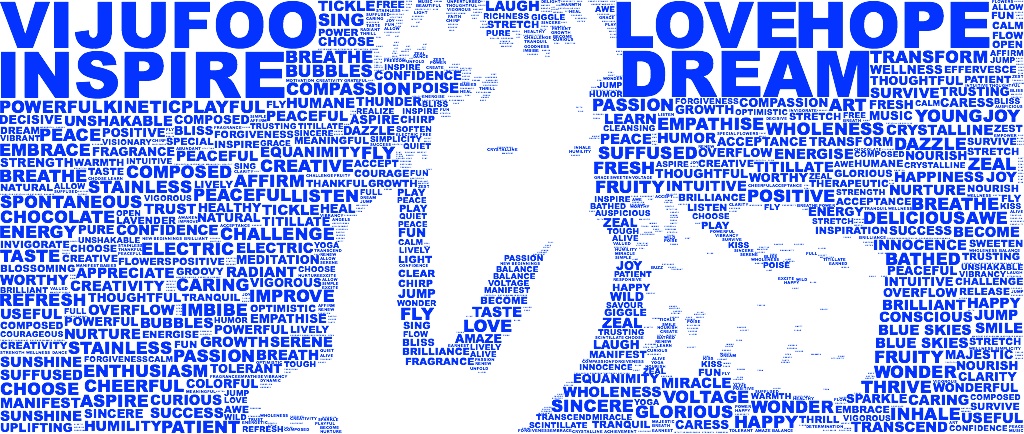We all have genes that have the potential to impact our health. Some of us will live a long and healthy life, others will not be so lucky. The mystery of the human genome is yet to be unlocked. We breathe, we live, we love, and then we die. The construct of life seems so simple, but is it really? With our existence comes a minefield of elements that, unbeknown to us, as we live our normal existence, can throw our lives into complete turmoil.

So it was for my beautiful family. It also marked the start of my passion and drive to raise money for the Children’s Medical Research Institutes (CMRI) annual charity drive, Jeans for Genes day.
Just over two years ago, our lives were thrown into complete turmoil. We received the news that our eldest son, Levi, had a very rare genetic disease called Chronic Granulomatous Disease (CGD). CGD is a disease that stops the body’s autoimmune system’s ability to fight bacterial and fungal infections. What that means is that a simple cut has the potential to be fatal.
At the time of Levi’s diagnosis, we were expecting our second son who had a 50% chance of carrying the same genetic disease. Armed with this knowledge, our second son, Jude, was born at Sydney’s Royal Women’s Hospital in early July 2013. We harvested the cord blood in the event that it could be the life-saving cure we were praying for, for Levi. Within four hours of Jude entering our lives, we found out that he also carried the same mutated gene as his brother and the cord blood would not be the cure we’d hoped.
In January 2014, Levi underwent a round of chemotherapy to eradicate his bone marrow, and make space for an amazing gift donated by an amazing stranger from the other side of the world. This gift came in the form of a simple esky – one that carried bone marrow. The life changing bone marrow transplant was performed on Levi when he was two, an age where most of us were outside making friends, eating mud pies and picking flowers. Each of these simple childhood acts could have been fatal to our boys.
Levi received the transplant well, and despite a few speed bumps along the way, it has largely been deemed a successful transplant that has seen Levi grow into a healthier and active young boy.
The time leading up to Jude’s transplant was a bit more tumultuous. We tried our best to maintain Jude’s infection free record leading into the transplant, however we were not successful. He developed an infection in his bone marrow, called Osteomyelitis. This infection required a serious course of antibiotics and an airlift to Sydney Children’s Hospital, but we managed to beat the infection.
In November 2014, Jude followed in his big brother’s footsteps. Wiping the slate clean with another course of chemotherapy, Jude was ready for his donor’s bone marrow transplant, again from the other side of the world, but a completely different person.

Living with two very young children is difficult enough when they are able to socialise and go to childcare or school. But over two years of hospitalisation, left its mark on the family. The simple things in life are appreciated so much more. The impact of even a very small support network, one that understands the importance of flu vaccinations to immunocompromised children before and after chemotherapy, cannot be overstated. The risk of contracting a common cold and bringing it home to the boys, which could result in a rejection of their bone marrow graft, is all too real.
However, life goes on, and I endeavor to make the most of the time I have with the boys. As their grafts further embed into their little bodies, we continually get the green light to expand their opportunities to do different things, like going to the park or walking our dogs. It is a special moment to watch my boys experience normal childhood experiences for the first time.

Yet, despite these blessings, the possibilities to socialise the boys with other children of their age is still a long way away. This is a challenge that we will need to face as a family as the boys get older. With the gift of the transplant, the boys gain an immune system that can allow them to lead a normal life like other children. A day at the park will no longer mean that we need to usher them away when other children come along due to the fear of the common cold or more serious infection and they will eventually be able to play in the backyard. Statistically, most children that start in this world with CGD, will be extremely lucky to make it to their 15th birthday. Constant infections result in life threatening damage to major organs throughout the body and unfortunately they result in fatalities or the ongoing requirement for organ transplants which come with their own set of risks.
Without the research that is funded by charities such as Jeans for Genes, our boys would not have had been able to experience the world. Every year, I strive to raise at least $1,000 so that the research Jeans for Genes and similar organisations and charities facilitate can make a difference. Our goal is to ensure that no other child or parent experiences the pain, fear, and heartache that we have experienced over the last two years.
Through the important research of CMRI, and the money that we raise, we make a huge difference on a global scale, but also a personal one. The money that is raised will go directly towards helping more families like mine. Whether it be by paying for the crucial enzyme needed to test the blood of one patient for aggressive cancers or funding scientists to test a new drug that could treat cancer, epilepsy or other neurological conditions, every cent makes a difference.
Head to the Jeans for Genes page to donate money at http://www.jeansforgenes.org.au/fundraiser/nathan-fulton
